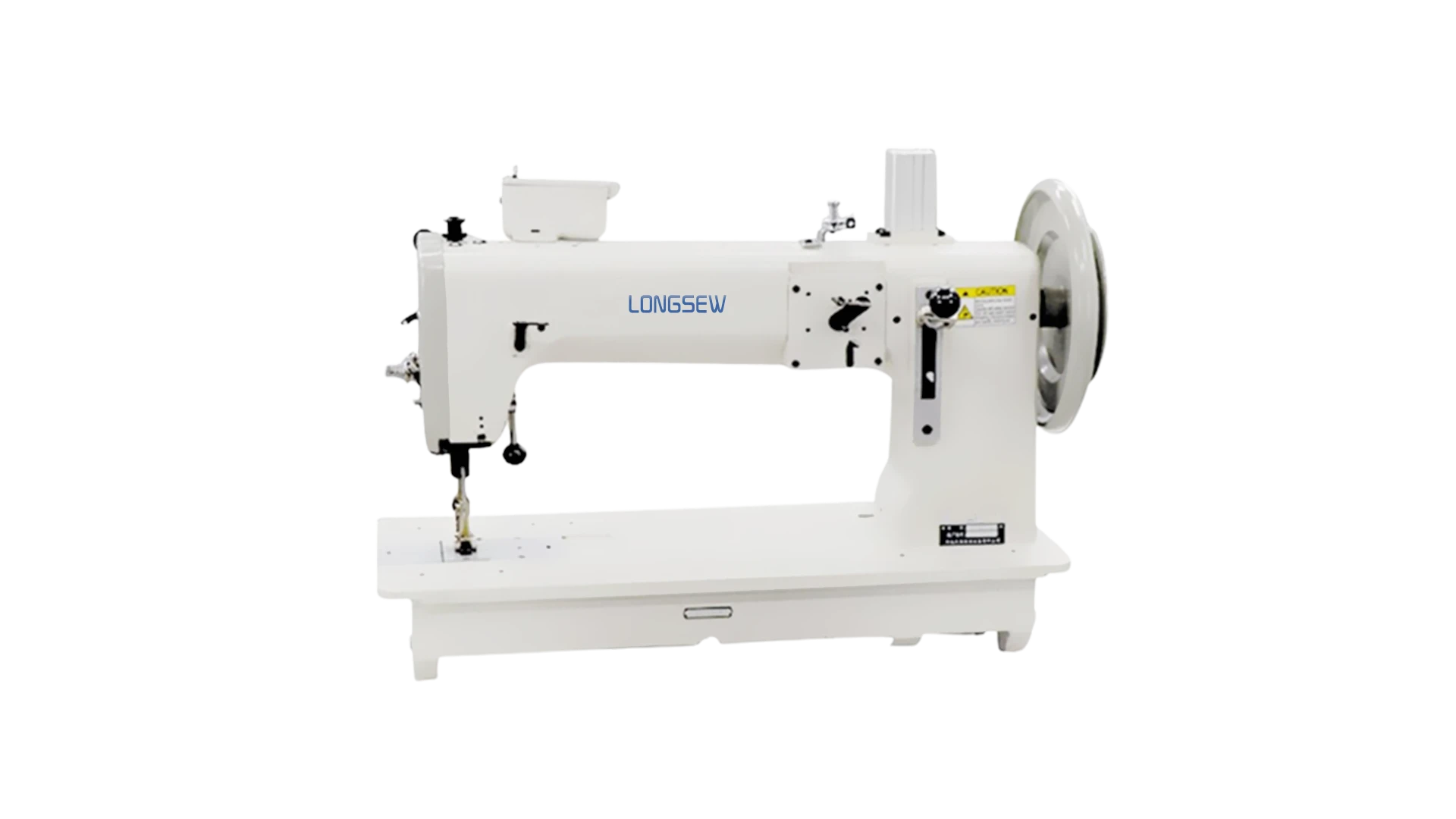Jan . 20, 2025 00:15
Back to list
types of lock stitch machine
Lock stitch machines are a cornerstone in the textile and clothing manufacturing industry, known for their versatility, precision, and durability. Understanding the types of lock stitch machines available is crucial for manufacturers aiming to optimize their operations and product offerings. With advancements in technology and manufacturing processes, various types of lock stitch machines have evolved, each tailored to specific tasks and fabrics. Here, we delve into the different types of lock stitch machines, providing insights drawn from industry expertise and practical experiences, ensuring reliable guidance for making informed purchasing decisions.
Buttonhole lock stitch machines represent a niche yet vital category in garment construction. These machines simplify the buttonhole-making process, delivering consistent quality and speed, which is challenging to achieve manually. Advanced models offer programmable features enabling various buttonhole styles and sizes, a facet appreciated by high-volume manufacturers aiming to maintain high standards of finish across large batches. Experience with buttonhole machines shows a marked improvement in the uniformity of finished garments, driving consumer satisfaction and brand reliability. In recent years, advancements in computerized lock stitch machines have revolutionized the industry, bringing a new level of precision and customization to sewing operations. These machines can be programmed to automatically adjust stitch length, speed, and tension, features that vastly improve efficiency and accuracy. The incorporation of touch screen interfaces and connectivity for design imports leads to significant reductions in setup time, a benefit that modern manufacturers cannot overlook. Experts in the field highlight computerized lock stitch machines for their ability to handle complex designs with minimal manual intervention, reducing labor costs and error rates. Lastly, it's essential to consider post-bed, flat-bed, and cylinder-bed configurations present in lock stitch machines. Each configuration serves specific functions that align with the shape and space requirements needed for different sewing projects. For instance, cylinder-bed machines are integral in producing tubular items like sleeves and cuffs, while flat-bed varieties handle most standard sewing tasks. Post-bed machines, with their elevated workspaces, are crucial for attaching accessories and dealing with hard-to-reach areas. Knowledge in selecting the appropriate machine bed type optimizes the sewing process, enhances workflow, and boosts overall productivity. In conclusion, the range of lock stitch machines offers tailored solutions for diverse sewing needs, each bringing unique capabilities to enhance garment production. Insights from experienced professionals underscore the importance of selecting a machine that aligns with specific material and product requirements. Investing in the right type of lock stitch machine not only elevates the quality of the finished product but also contributes to operational efficiency, a priority for any forward-thinking manufacturer. With these choices, manufacturers can remain competitive, meeting the demands of a fast-paced and ever-evolving textile market.


Buttonhole lock stitch machines represent a niche yet vital category in garment construction. These machines simplify the buttonhole-making process, delivering consistent quality and speed, which is challenging to achieve manually. Advanced models offer programmable features enabling various buttonhole styles and sizes, a facet appreciated by high-volume manufacturers aiming to maintain high standards of finish across large batches. Experience with buttonhole machines shows a marked improvement in the uniformity of finished garments, driving consumer satisfaction and brand reliability. In recent years, advancements in computerized lock stitch machines have revolutionized the industry, bringing a new level of precision and customization to sewing operations. These machines can be programmed to automatically adjust stitch length, speed, and tension, features that vastly improve efficiency and accuracy. The incorporation of touch screen interfaces and connectivity for design imports leads to significant reductions in setup time, a benefit that modern manufacturers cannot overlook. Experts in the field highlight computerized lock stitch machines for their ability to handle complex designs with minimal manual intervention, reducing labor costs and error rates. Lastly, it's essential to consider post-bed, flat-bed, and cylinder-bed configurations present in lock stitch machines. Each configuration serves specific functions that align with the shape and space requirements needed for different sewing projects. For instance, cylinder-bed machines are integral in producing tubular items like sleeves and cuffs, while flat-bed varieties handle most standard sewing tasks. Post-bed machines, with their elevated workspaces, are crucial for attaching accessories and dealing with hard-to-reach areas. Knowledge in selecting the appropriate machine bed type optimizes the sewing process, enhances workflow, and boosts overall productivity. In conclusion, the range of lock stitch machines offers tailored solutions for diverse sewing needs, each bringing unique capabilities to enhance garment production. Insights from experienced professionals underscore the importance of selecting a machine that aligns with specific material and product requirements. Investing in the right type of lock stitch machine not only elevates the quality of the finished product but also contributes to operational efficiency, a priority for any forward-thinking manufacturer. With these choices, manufacturers can remain competitive, meeting the demands of a fast-paced and ever-evolving textile market.
Previous:
Next:
Latest news
-
Boost Production Efficiency with a Pattern Sewing MachineNewsAug.29,2025
-
Industrial Excellence with the Best Heavy Duty Sewing MachineNewsAug.29,2025
-
Precision and Power with the Best Pattern Sewing MachineNewsAug.29,2025
-
Reliable Bulk Packaging Starts With the Right FIBC Sewing MachineNewsAug.29,2025
-
Advanced Packaging Solutions: Elevate Productivity with Jumbo Bag Sewing Machine and Industrial Stitching EquipmentNewsAug.29,2025
-
High-Performance Solutions for Bulk Packaging: FIBC Sewing Machine and MoreNewsAug.29,2025
-
Maximize Efficiency with an Industrial Cylinder Arm Sewing MachineNewsAug.28,2025


























